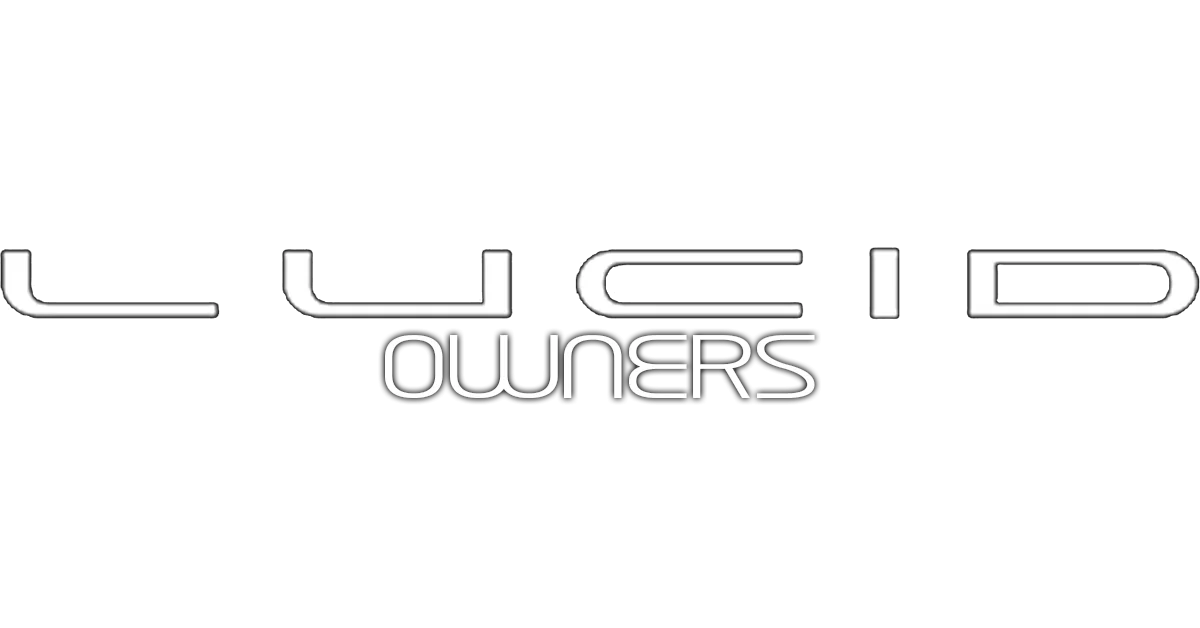- Joined
- Mar 30, 2025
- Messages
- 470
- Reaction score
- 796
- Location
- Somerville, MA
- Cars
- '26 Gravity DE, '19 X-LR
- Gravity DE Number
- 084
This isn't quite right, and I agree it's confusing (especially with the marketing). Nvidia has followed the old Intel model, which is that they're a hardware provider that also has a whole bunch of sophisticated software that "works best" on their platform. The Nvidia DRIVE platform (hardware and software) is really amazing, but it's not a complete ADAS solution. It's part of the hardware and a lot of the software libraries that you need to start building an high-level ADAS. A third party, or Lucid directly, has to actually decide on things like the sensor package, the AI model design, do the data collection and AI model training, etc. etc. (Mobileye is similar, although they were providing full-function for specific ADAS capabilities to start.)Lucid isn't building its own FSD, they're using Nvidia. The problem seems to be Nvidia has been stating "Level 3" capable driving for the last 2 or 3 iterations of Nvidia Drive and no automaker can seem to get it working. Keep an eye on what Mercedes and Rivian are doing (to name a few) as they're using Nvidia also.
You probably couldn't do this without a lot of work, but as an abstract concept you could "run" the Waymo Driver software on an Nvidia DRIVE platform and Lucid sensor suite. You could theoretically run the Tesla FSD on the platform. (Waymo is probably too vertically integrated to do this today, and it's also not their business model.)
Describing this diferently, when you buy a desktop computer you might buy a main computer, a monitor you like, a keyboard, mouse, speakers, and an OS that runs on it, and also applications like Microsoft Office. Applying that analogy to the Gravity, Nvidia provides the main computer and the OS with system libraries. Robosense provides the LIDAR. Someone like Murata provides the cameras. But someone still needs to write the "drive without crashing pls" office application.
The Lucid sensor suite with LIDAR and the Nvidia DRIVE compute are probably the best (and probably most expensive) thing you can ship in production today. The problem is nobody has a complete application to run on that computer yet.
